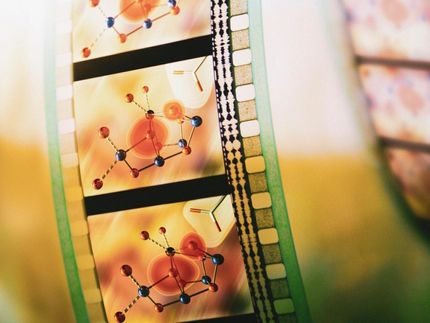Waiting for the sun to come out: How photosynthesis adapts to varying light levels
Advertisement
photosynthesis is the most essential process for most forms of life on Earth. A research team led by biochemist Prof. Michael Groll (TUM) and biologist Dr. Bettina Bölter (LMU) has now shown how an interaction between two proteins helps plants control the rate of photosynthesis and carbon dioxide fixation in accordance with changes in light intensity. They report their findings in Proceedings of the National Academy (PNAS).
In plants, photosynthesis is carried out by intracellular, membrane-enclosed organelles called chloroplasts. Many of the reactions that take place in the chloroplasts involve the compound NADPH, which acts as an electron donor in the processes responsible for converting carbon dioxide into carbohydrates. During photosynthesis in green plants, NADPH is synthesized by the enzyme FNR (Ferredoxin-NADP(H)-Oxidoreductase) in the so-called stroma, the central compartment of the chloroplast.
In their publication the scientists show that, by interacting with a second protein called Tic62, FNR regulates biomass accumulation depending on levels of ambient light. Tic62 itself forms part of the molecular complex that enables specific proteins to be imported into the chloroplast from the surrounding cytoplasm, and was already known to anchor FNR to the so-called thylakoids, the photosynthetic membranes within the chloroplast. “This is the first time that a direct functional link has been demonstrated between protein uptake into the chloroplast and the photosynthetic process itself," says Dr. Bettina Bölter, project leader at the Department of Biology of the Ludwig-Maximilians-Universitaet Munich (LMU).
“Our structural studies using X-ray crystallography showed that each Tic62 molecule binds two FNR enzymes in a back-to-back configuration, leaving their chemically active surfaces free,” says Ferdinand Alte, PhD-student at the TUM-Institute for Biochemistry. Most important, it turned out that the binding affinity of Tic62 for FNR varies with light intensity. The FNR sandwich is particularly stable in the dark, when photosynthesis is inactive and the stroma surrounding the thylakoids is acidic. The transformation of light energy into chemical energy, on the other hand, causes the stroma to become alkaline, which weakens the affinity of FNR for Tic62.
“In the dark, or when light levels are low, there is less demand for NADPH, and the chloroplasts park the excess FNR molecules on the thylakoid membranes,“ explains Michael Groll. “This makes it possible for the plant to regulate its photosynthetic performance in accordance with light conditions.” The new findings represent one further step in the quest to understand photosynthesis in detail. Although they have no immediate application, they may well contribute to enhancing crop yields in the future.
Original publication: Ferdinand Alte, Anna Stengel, J. Philipp Benz, Eike Petersen, Jürgen Soll, Michael Groll, & Bettina Bölter; "Ferredoxin: NADP(H) Oxidoreductase is recruited to thylakoids by binding to a polyproline type II helix in a pH-dependent manner”; Proceedings of the National Academy of Sciences 201.





















































